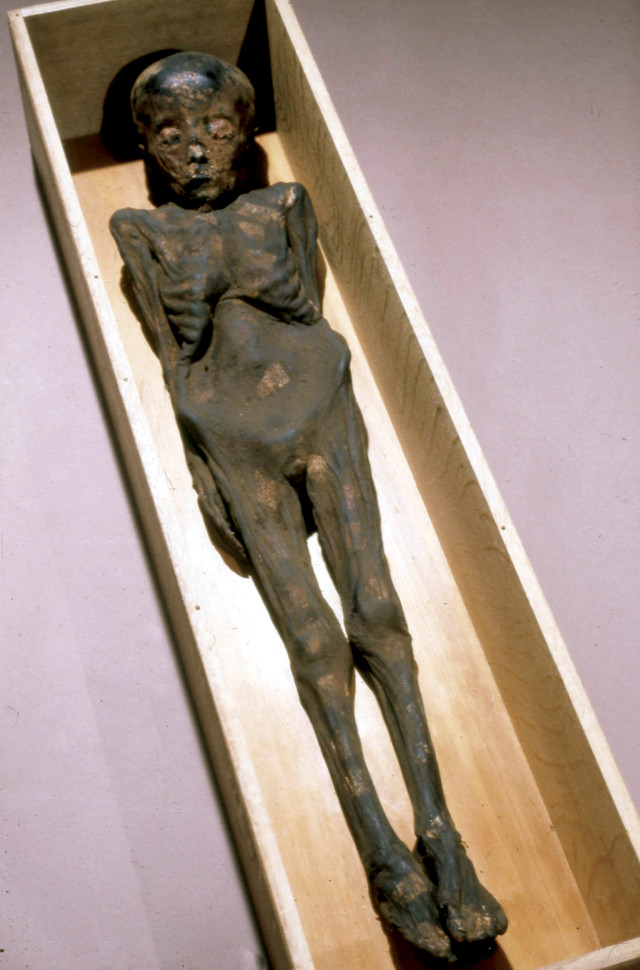
by Mary Caperton Morton Tuesday, September 19, 2017

Egypt's hot and humid conditions may not be as detrimental to ancient DNA as thought. Credit: British Museum, CC BY-NC-SA 4.0.
Egyptian mummies provide archaeologists with a tantalizing window into ancient Egyptian culture. And now they are offering up their DNA.
Molecular biologists have long been skeptical about recovering intact DNA from such remains. “The hot Egyptian climate, the high humidity levels in many tombs, and some of the chemicals used in mummification techniques contribute to DNA degradation and are thought to make the long-term survival of DNA in Egyptian mummies unlikely,” said senior author Johannes Krause of the Max Planck Institute for the Science of Human History in Germany, in a statement released with the paper in Nature Communications.
But Egypt’s location as the gateway between Africa and the Middle East, and the potential for recovering clues about how people moved through the region, drove Krause and his colleagues to try recovering genetic material from mummies. They sampled 151 mummified individuals — some from the archaeological site of Abusir el-Meleq by the Nile River in Middle Egypt, and some from museum collections — that spanned more than 1,300 years of Egyptian history. To the researchers’ surprise, they could extract and sequence mitochondrial DNA from 90 mummies and genomic DNA from three. Analysis of both types of DNA revealed that ancient Egyptians were more closely related to ancient populations in the Levant, the Anatolian Peninsula and Europe than Sub-Saharan Africa.
“Our results revise previous skepticism towards the DNA preservation in ancient Egyptian mummies due to climate conditions or mummification procedures,” the team wrote. “The methodology presented here opens up promising avenues for future genetic research and can greatly contribute towards a more accurate and refined understanding of Egypt’s population history.”
© 2008-2021. All rights reserved. Any copying, redistribution or retransmission of any of the contents of this service without the expressed written permission of the American Geosciences Institute is expressly prohibited. Click here for all copyright requests.